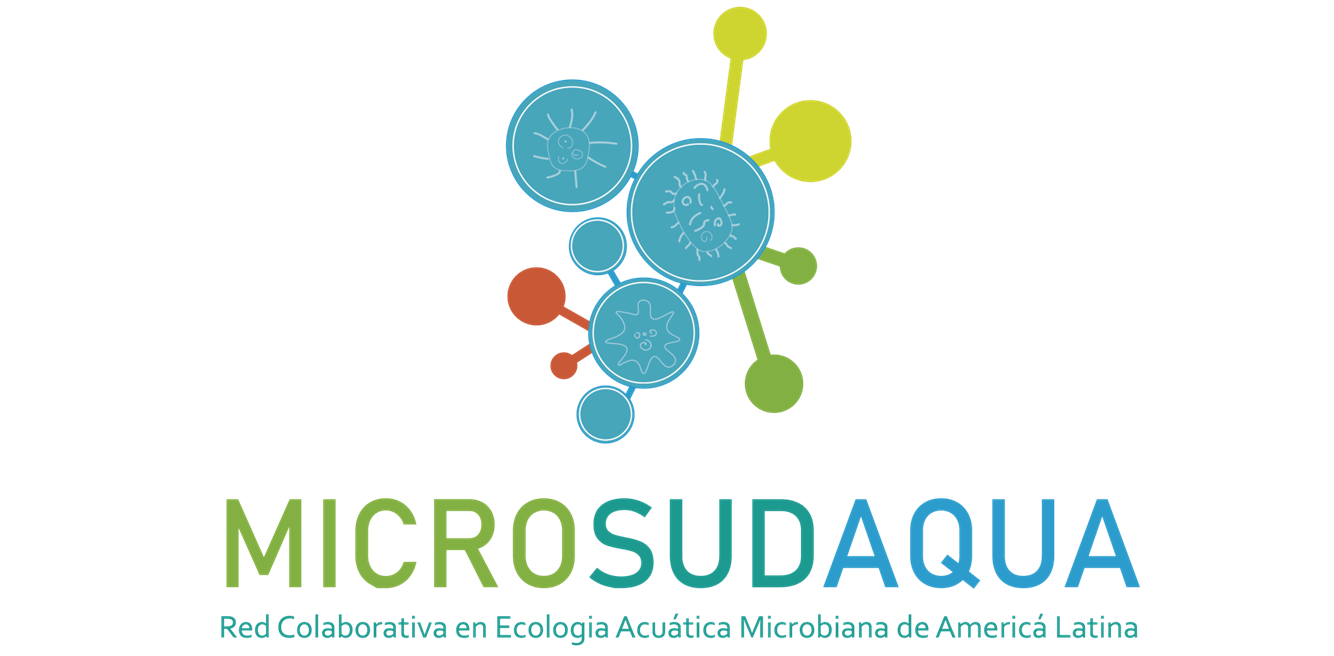
The MicroSudAqua (µSudAqua) network gathers researchers and students working on aquatic microbial ecology in Latin America. We seek to combine efforts to promote collective work and consolidate a collaborative space for the promotion of aquatic microbial ecology in the region.
Our premise is to exploit the resources available and, to explore new challenges that surpass what we can develop individually. We aim to promote inclusion in all dimensions, and to generate a team spirit where collaboration prevail, to develop a sense of belonging, commitment and pride for collective work.